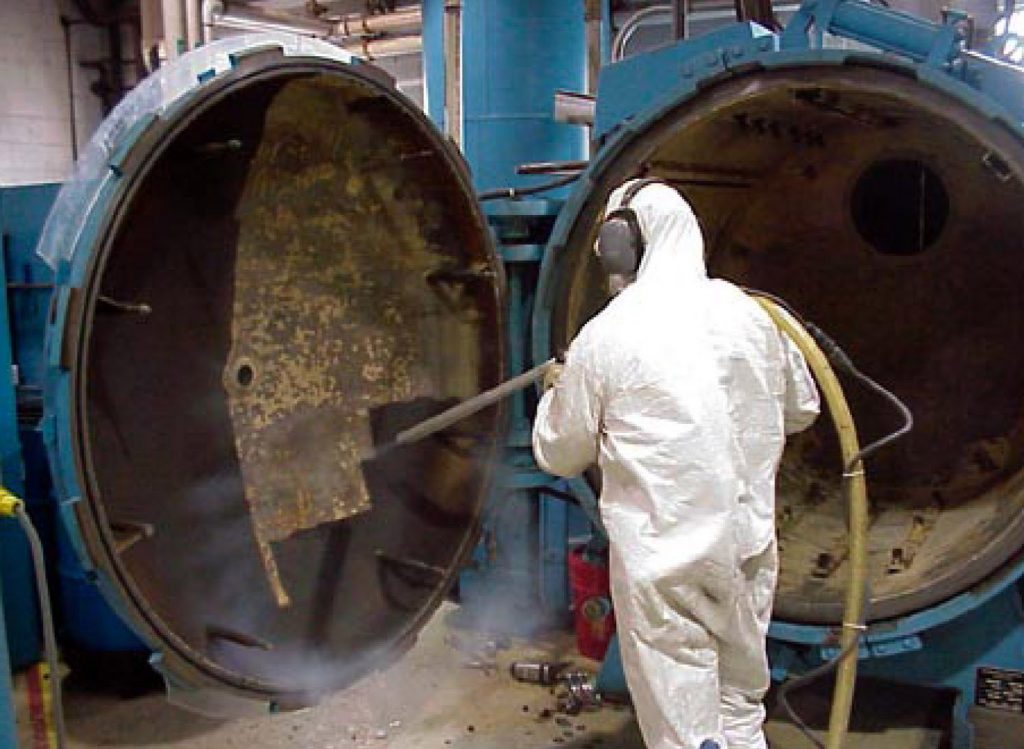 Ever stood there, staring at a silo bridged up tighter than a rush-hour freeway, wondering how to blast it clean without turning it into a scrap heap? Trust me, we’ve all been there. That’s where silo blasting solutions come in—abrasive blasting and dry ice blasting, for instance, are two heavy hitters with their own tricks up their sleeves. I’ve spent years dodging material buildup and wrestling residues, so here’s the scoop on which method’s your best bet.
Ever stood there, staring at a silo bridged up tighter than a rush-hour freeway, wondering how to blast it clean without turning it into a scrap heap? Trust me, we’ve all been there. That’s where silo blasting solutions come in—abrasive blasting and dry ice blasting, for instance, are two heavy hitters with their own tricks up their sleeves. I’ve spent years dodging material buildup and wrestling residues, so here’s the scoop on which method’s your best bet.
What’s Abrasive Blasting All About?
Imagine you’re sanding down an old barn door, but crank it to eleven. Abrasive blasting, in fact, slings grit—sand, crushed glass, whatever’s handy—at warp speed to chew through rust, coatings, and gunk. It’s a beast on rugged stuff like steel or concrete silos that can take a punch. Here’s the kicker, though: it spits out dust like a sandstorm, so indoor jobs can get messy fast. Want the nitty-gritty? Nitrofreeze breaks it down like a pro.
So, What’s Dry Ice Blasting?
On the other hand, dry ice blasting’s a whole different animal. Picture frozen CO2 pellets zipping out like tiny missiles—they smack the surface, shock the debris loose, and vanish into thin air. No mess, no scratches, for sure. It’s like a magic wand for delicate gear or electrical guts where grit would wreak havoc. Plus, it’s green—no chemicals, just poof and gone. Curious? Polar Clean’s got the lowdown.
Silo Blasting Solutions: When to Pick Which?
Alright, so when do you grab the abrasive hose, and when’s dry ice your pal? Here’s why it matters:
- Abrasive Blasting: Perfect for silos or bins with caked-on crud—think brick or steel that laughs at a beating. For example, it’s your go-to for stripping paint or prepping surfaces, but watch out for the cleanup.
- Dry Ice Blasting: Got sensitive machinery or tight spots? This one’s gentle yet tough—like a ninja with a feather duster. Besides, no residue makes it a champ for indoor fixes.
Why Molemaster’s Your Silo Blasting Crew
At Molemaster, we’ve battled everything from silo bridging that’d stop a train to grease so thick you’d need a chisel. Our crew’s got the gear and the grit to pick the right silo blasting solutions for your headache. For instance, we sling abrasive media when it’s go-time, yet switch to dry ice when finesse is king—keeping your operation humming. Peek at our abrasive blasting services or dry ice options. Ready to kick that buildup to the curb? Hit us up at Molemaster.com—we’ve got your back.

